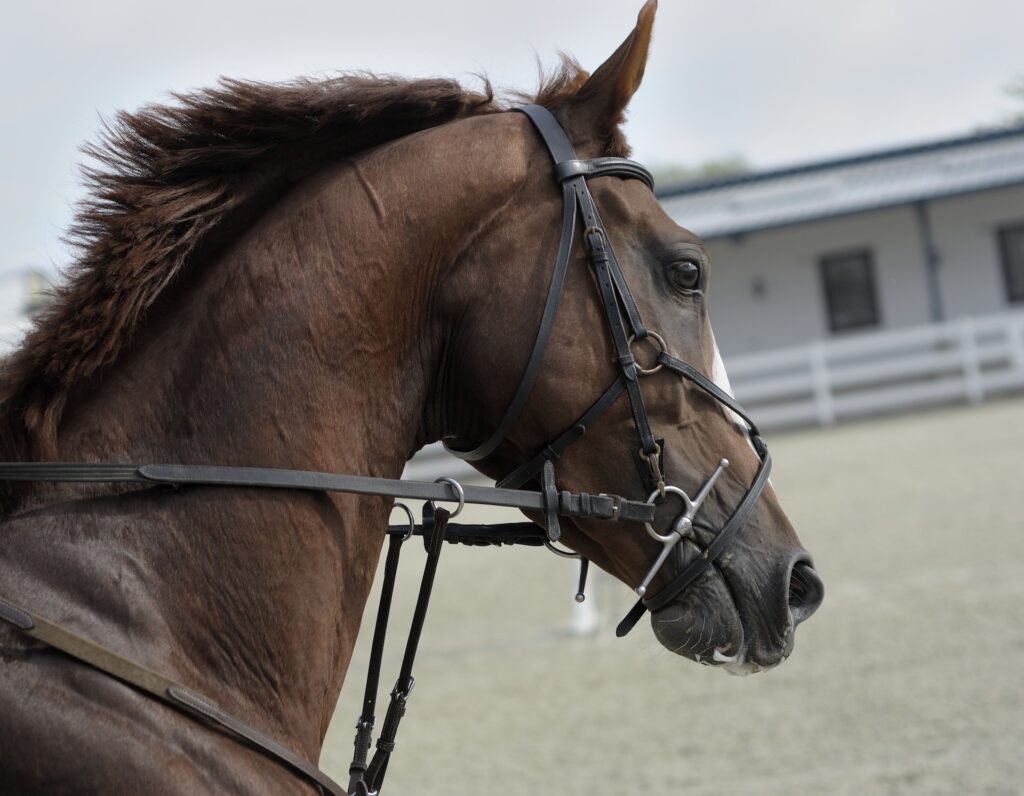
Horse racing is a sport that has captured the imagination of people around the world for centuries. With its blend of grace, power, and sheer speed, horse racing offers an exhilarating experience for both participants and spectators. This article delves into the basics of horse racing, exploring its rich history, the different types of races, the essential terminology, and the key elements that make it a captivating and time-honored tradition.
A Historical Perspective
Horse racing dates back to ancient civilizations, with records of its existence found in Greek, Roman, and Egyptian histories. The sport was a means of showcasing the finest equine specimens for breeding and as a form of entertainment. In the modern era, horse racing became more organized, with the establishment of official racecourses and rules. The first known official horse race in North America took place in 1665 on Long Island, New York. Since then, it has become a beloved pastime and a multimillion-dollar industry.
Types of Horse Racing
Horse racing encompasses various formats, each with its unique set of rules and characteristics. The most common types of horse racing are:
- Thoroughbred Racing: Thoroughbred racing is the most popular and prestigious form of horse racing. It features purebred horses specially bred for speed and agility. Thoroughbred races vary in distance, from sprints of a few furlongs to endurance tests of several miles. The most famous Thoroughbred race in the United States is the Kentucky Derby, part of the Triple Crown series, which also includes the Preakness Stakes and the Belmont Stakes.
- Harness Racing: Harness racing, often called trotting or pacing, involves horses pulling a two-wheeled cart known as a sulky, with a driver guiding them. Unlike Thoroughbred racing, which emphasizes speed, harness racing focuses on the horse’s ability to maintain a consistent gait without breaking into a gallop. The Hambletonian Stakes is one of the premier harness racing events in the United States.
- Quarter Horse Racing: Quarter horse racing is known for its short, explosive sprints. Quarter horses are a specific breed bred for their sprinting ability. Races are usually a quarter of a mile or less, and these horses can reach incredible speeds. The All American Futurity is a prestigious quarter horse race held annually in New Mexico.
- Arabian Racing: Arabian racing features purebred Arabian horses, known for their endurance and stamina. These races are often held over long distances, and they test the horse’s ability to maintain a consistent pace. The Arabian Horse World Magazine Cup is a notable event in Arabian racing.
Key Terminology
To fully appreciate horse racing, it’s essential to understand the terminology associated with the sport. Here are some key terms that you’ll encounter when discussing or watching horse races:
- Furlong: A furlong is a unit of distance in horse racing, equivalent to one-eighth of a mile, which is approximately 220 yards. Race distances are often measured in furlongs.
- Handicap: Handicaps are used to level the playing field by assigning weights to horses based on their past performances. Horses with superior records carry heavier weights, while less successful horses carry less weight.
- Jockey: A jockey is the rider who guides the horse during a race. Jockeys are skilled athletes responsible for controlling the horse’s speed and position.
- Silks: Silks are the colorful, patterned jackets worn by jockeys to identify the horse’s owner and their racing stable. Each owner has a unique set of silks.
- Paddock: The paddock is the area where horses are saddled before the race. It’s also where spectators can get a close-up look at the horses and jockeys.
- Betting: Betting is a significant aspect of horse racing. Gamblers can place wagers on horses to win, place (finish first or second), or show (finish in the top three).
- Finish Line: The finish line is the endpoint of the racecourse, where the winner of the race is determined.
The Racing Experience
Attending a horse race is a unique experience that combines the thrill of competition with the elegance of equine beauty. Here’s what you can expect when you visit a racecourse:
- Spectacular Horses: Horse racing showcases some of the world’s most magnificent animals. Thoroughbreds, Arabian horses, and quarter horses exude strength, speed, and grace.
- Atmosphere: The atmosphere at a racecourse is electric, with spectators eagerly awaiting the start of each race. The cheering and excitement create a buzz that’s contagious.
- Betting: Betting on horse races is an integral part of the experience for many spectators. Betting windows are available throughout the venue, allowing you to wager on your favorite horses.
- Fashion: Horse racing events often come with a dress code, with many attendees donning their best attire, including fancy hats and suits. It’s a chance to show off your style and enjoy a day of glamour.
- Food and Drinks: Racecourses offer a variety of food and beverage options, from gourmet dining to more casual fare. It’s an opportunity to savor delicious cuisine while enjoying the races.
The Role of Jockeys
Jockeys are central to the sport of horse racing, as they guide the horses to victory. These skilled riders have a significant impact on the outcome of a race. Here are some key aspects of the jockey’s role:
- Skill and Strategy: Jockeys are highly trained athletes who must master the art of riding. They use their skills to maintain the horse’s speed, navigate the track, and make strategic decisions during the race.
- Weight Management: Jockeys must maintain a strict weight, which is a challenging aspect of their profession. Carrying too much weight can slow down the horse and hinder its performance.
- Relationship with Horses: Many jockeys develop strong bonds with the horses they ride. Building trust and rapport with the horse is crucial for a successful partnership on the track.
- Race Preparation: Before a race, jockeys study the form of the horses they’ll be riding and the competition. They develop a race strategy based on their knowledge of each horse’s strengths and weaknesses.
The Thrill of Betting
Betting on horse races adds an extra layer of excitement to the sport. Horse racing offers various betting options, catering to both novice and experienced gamblers. Here are some common bet types:
- Win: Betting on a horse to finish first.
- Place: Betting on a horse to finish in the top two positions.
- Show: Betting on a horse to finish in the top three positions.
- Exacta: Predicting the first and second-place horses in the correct order.
- Trifecta: Predicting the first, second, and third-place horses in the correct order.
- Superfecta: Predicting the first, second, third, and fourth-place horses in the correct order.
- Daily Double: Picking the winners of two consecutive races.
- Pick 3, Pick 4, Pick 6: Selecting the winners of multiple consecutive races.
It’s important to remember that betting on horse races involves risk. It’s advisable to set a budget and bet responsibly.
Horse racing is a sport that combines tradition, athleticism, and strategy, making it a thrilling spectacle for both participants and spectators. Whether you’re attending a prestigious Thoroughbred race like the Kentucky Derby or enjoying the excitement of harness racing, horse racing offers something for everyone. From the grace and power of the horses to the strategic skill of the jockeys, there’s much to admire and appreciate in this timeless sport. So, put on your best attire, place your bets, and experience the exhilaration of horse racing at a racecourse near you.
